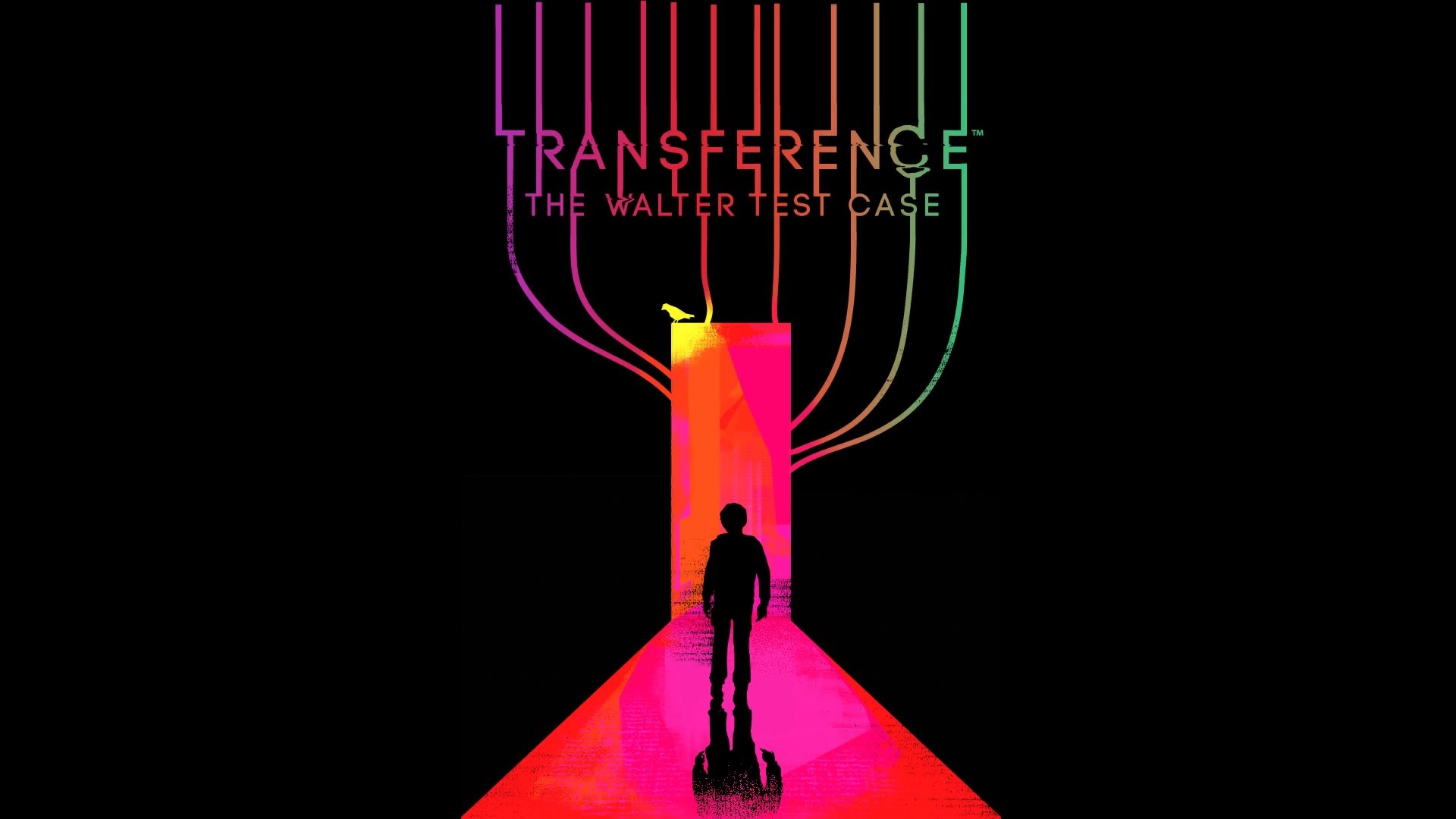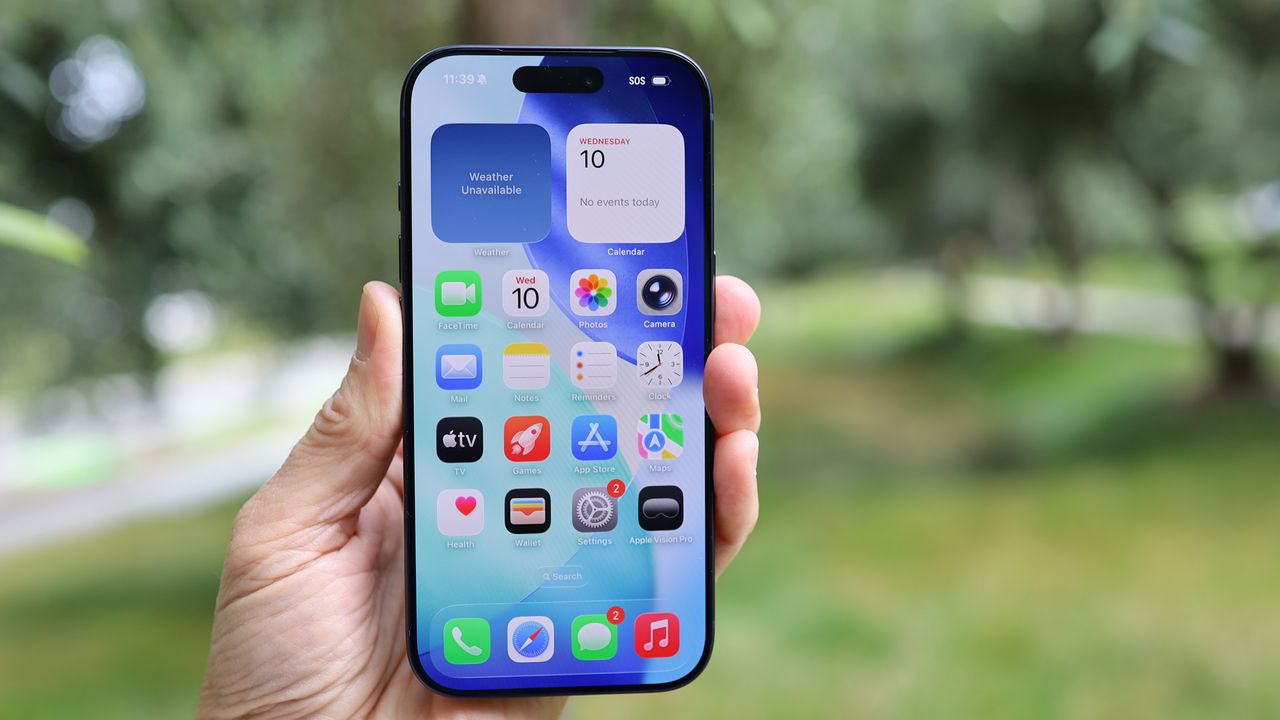
Does Elijah Wood’s virtual reality thriller – Transference – bridge the gap between movies and video games? The short answer is no. But that’s the goal with virtual reality, isn’t it? To bring us into a world that exists differently from our own. Transference doesn’t quite hit the mark. From the opening sequence onwards, you’ll be assaulted by missing assets and glitchy graphics. Does that make it a bad game? Not necessarily, but its tainted color schemes and looping sound effects will definitely intensify your disorientation. While some games thrive on hyper-real visuals and hooking players with a charming cast, Transference misses the mark in this regard. In fact, it never lets you forget the world that you’re in.
That said, Transference isn’t exclusively a virtual reality game. The atmosphere and immersive sound design may work best when delivered via a VR headset, the experience is also available to those who don’t have VR set up at their home. To the game’s credit, the atmosphere and mechanics work just as well with a controller; play with a decent set of headphones, and the atmosphere should be every bit as suffocating.
The entire story is brought together through a digital simulation in the apartment of the Hayes family. It isn’t presented in a nice, neat package. Instead, it’s chopped up into fine pieces and sprinkled throughout the game, which means the more props and items you find and investigate, the clearer that the Haye’s tale will become. While it’s possible that such a delivery means you’ll occasionally miss clues, the intentionally slow pace – both figuratively and literally – ensures you’ll usually have the time you need to properly survey each section before moving onto the next.
This is designed as a psychological thriller, but there’s no doubt that there are horror elements in the game as well. This becomes more apparent that you’re not the only one roaming the hallways. But only by rooting through the cupboards and drawers and inspecting behind the furniture and doors will you uncover enough pieces to jigsaw together the story, and the game’s most curious conceit – a shifting of perspectives and timeframes – means there’s always a reason to go back and recheck someplace again, even if you’ve already done so before.
The game is also lacking some depth. It’s a very linear experience overall. On occasion, you might get stumped by a puzzle element, you will find ways to other areas of the house shut down while the puzzle is in play. Which teaches you very early on that the answers typically lie somewhere close to you. That said, the action prompt required to progress the story or puzzle is a bit of a beast, which means you may waste your time looking for a solution. This could get frustrating as you will soon become aware that the answer is right in front of you and you simply haven’t had the prompt pop up yet.
The intent of Transference is to bring the movies a little bit closer to your own life, through a video game. But, it actually plays a lot like a real game. There is potential for these kinds of games to be improved upon in the future, but for right now, it’s missing the mark.



